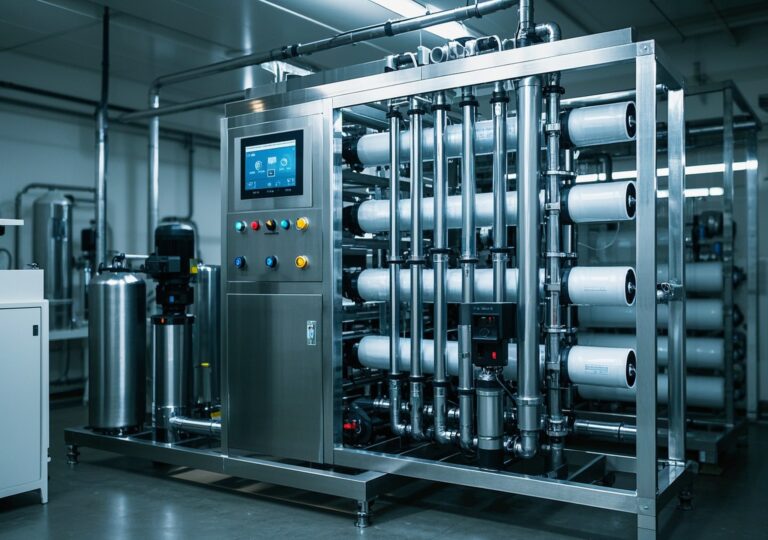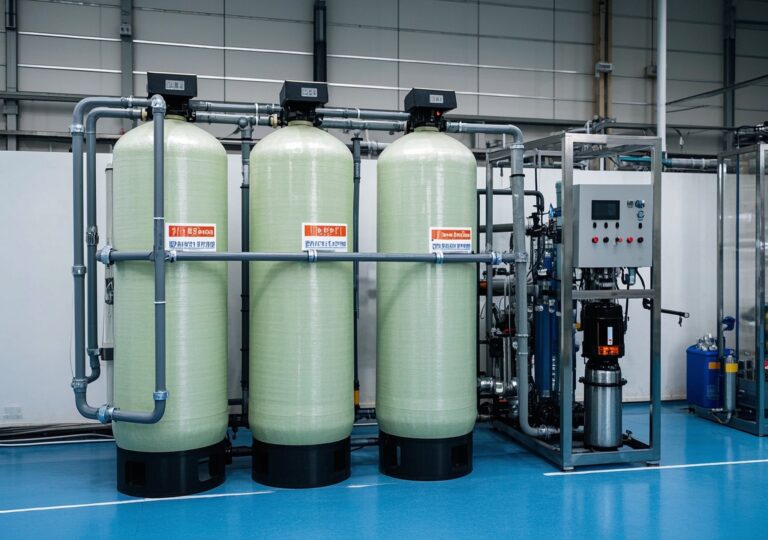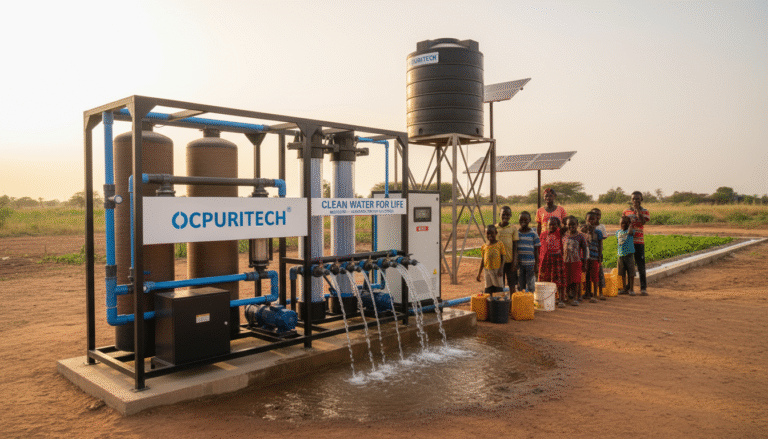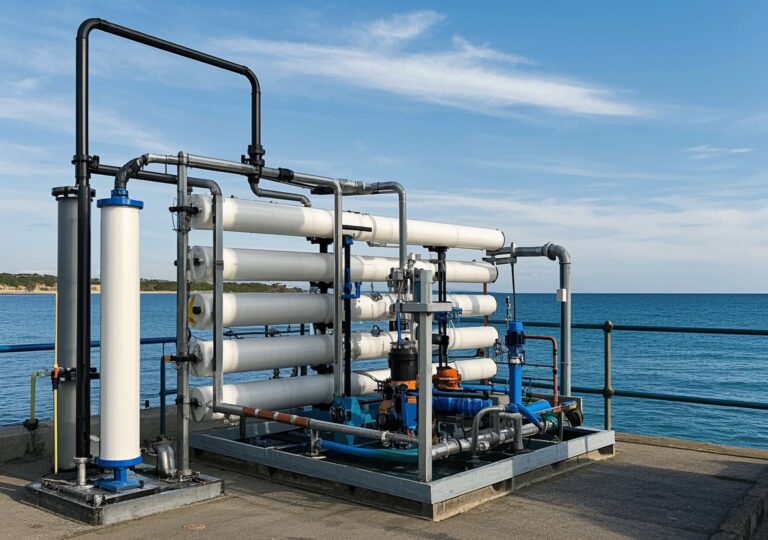Zest for Quality: Discover Water Treatment Ultraviolet Systems for Success
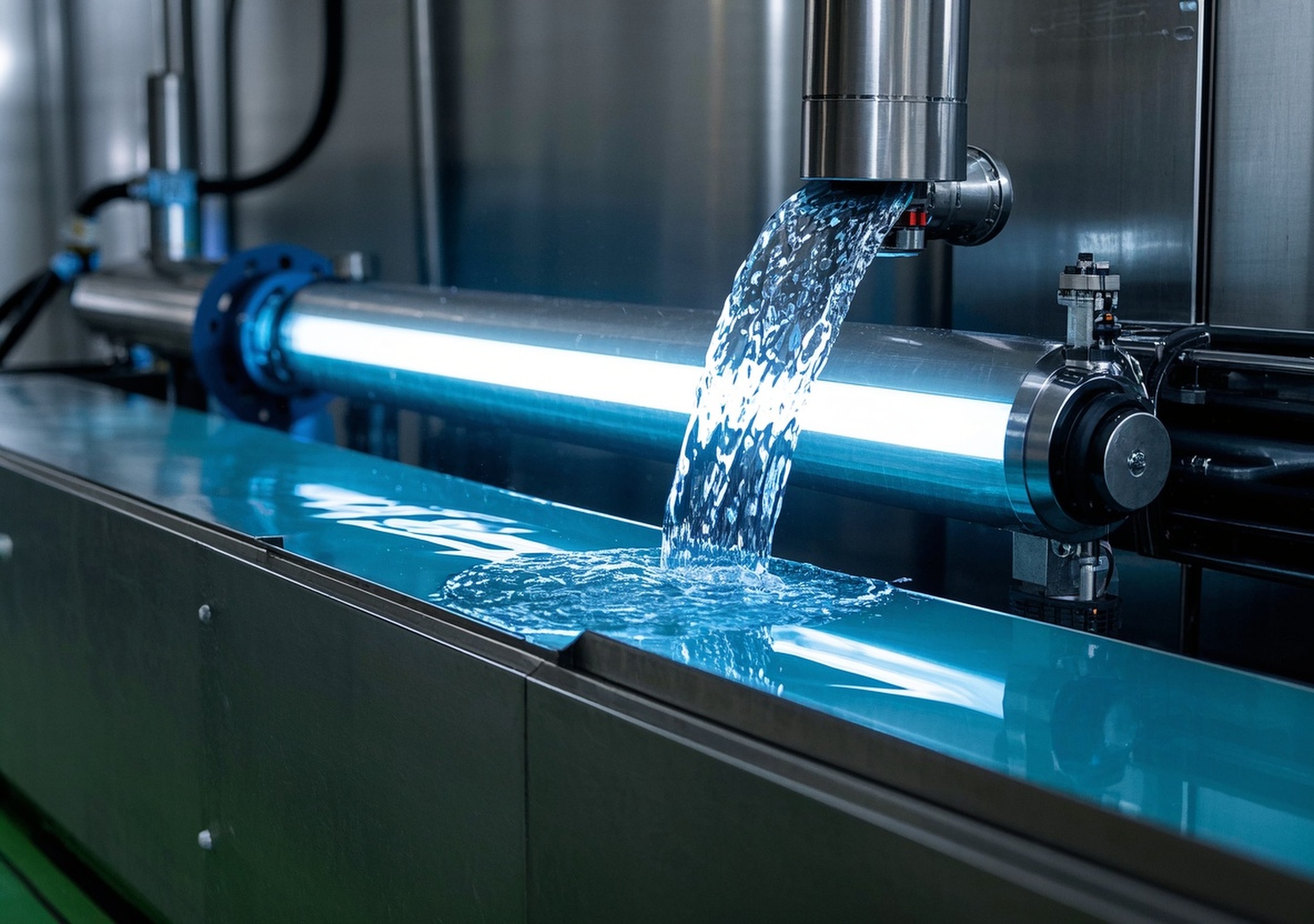
Zest for Quality: Discover Water Treatment Ultraviolet Systems for Success
The necessity for safe, reliable, and efficient water treatment solutions is ever-growing in industries ranging from food processing to pharmaceuticals. Among various technologies, water treatment ultraviolet (UV) systems have emerged as a leading choice to ensure pathogen-free, high-quality water. This article will dissect the multifaceted aspects of UV water treatment, guiding you through the technology’s core, practical applications, and value-driven investment considerations for industrial success.
1. Product Overview: Types, Functions, and Applications
Ultraviolet water treatment systems use UV light to disinfect and purify water by inactivating microorganisms such as bacteria, viruses, and protozoa without adding chemicals. They are broadly classified based on their scale and configuration:
- Small to Medium-Scale UV Units: Suitable for laboratory water purification, cosmetic manufacturing, and municipal water finishing.
- Industrial UV Systems: Designed for large flows in food processing, pharmaceuticals, mining, boiler feedwater treatment, and wastewater disinfection.
- Custom UV Reactor Arrays: Engineered to handle complex water matrices such as groundwater, river water, and reclaimed water with tailored UV doses.
Key industries benefiting from UV water treatment systems include:
- Food & Beverage Processing – ensuring microbial safety without chemical residues.
- Pharmaceutical & Cosmetics – compliance with stringent purity standards.
- Municipal & Industrial Cooling – controlling biofouling risks.
- Mining & Agriculture – treating wells and surface water for safe reuse.
- Laboratories & Ultra-Pure Water Production – final polishing of highly purified water.
2. Technical Principles and Key Components
At the heart of water treatment ultraviolet systems is the germicidal UV spectrum, primarily UV-C light (wavelengths 200-280 nm), which disrupts microbial DNA, rendering organisms inactive. The core technology revolves around:
- UV Lamps: Low-pressure mercury vapor lamps or medium-pressure lamps emit UV light efficiently. Recent advances include LED UV sources that offer longer lifespans and instant on/off cycles.
- Quartz Sleeves: Protect lamps from water contact while allowing maximal UV transmission.
- Reactor Chamber: Engineered for optimal hydraulic flow and UV dose uniformity, minimizing shadow zones for thorough disinfection.
- Automation & Control: Integrated sensors measure UV intensity and water flow to adjust lamp power in real-time, ensuring consistent treatment efficacy and energy savings.
- Membrane Pre-Treatment (Optional): For waters with high turbidity or organic loads, incorporating membrane filtration reduces UV light absorption, enhancing performance.
In my experience managing a pharmaceutical water system retrofit, integrating an automated UV reactor with real-time dosing control cut microbial contamination events by over 85%, while optimizing lamp energy use.
3. Price Analysis: Components, Add-ons, & Operational Cost
Investing in UV water treatment systems involves several cost factors, generally broken down as follows:
| Cost Component | Scope | Remarks |
|---|---|---|
| Base UV System | Lamps, reactor chamber, sleeve, basic controls | Core disinfection capability; major upfront expense |
| Advanced Automation & Sensors | UV intensity monitors, flow controls, data logging | Enables process optimization; adds to initial cost |
| Pre- & Post-Treatment Modules | Filtration, chemical dosing, polishing units | Enhances system effectiveness and water quality |
| Installation & Commissioning | Site preparation, piping, electrical work | Varies by location and existing infrastructure |
| Operational Expenses | Electricity for lamps, periodic lamp/sleeve replacement, maintenance labor | Typically low compared to chemical or thermal methods |
From an economic standpoint, the total cost of ownership is balanced by reduced chemical use, minimal sludge production, and faster compliance times. In one food processing plant I consulted for, shifting from chemical disinfection to UV systems reduced annual operating expenses by nearly 30%, with improved microbial inactivation.
4. Performance Specifications and Quality Assurance
Reliable UV water treatment systems adhere to strict performance metrics and quality standards, including:
- UV Dose: Typically ranges from 30 to 150 mJ/cm², depending on water quality and target pathogens.
- Flow Rate Capacity: Scalable from a few cubic meters per hour to several thousand, customizable by reactor design.
- Materials: Use of 316L stainless steel reactors for corrosion resistance, high-grade quartz sleeves, and FDA-compliant lamp materials for food/pharma use.
- Certifications: Compliance with NSF/ANSI Standard 55 (UV Disinfection Systems), CE marking, and other regional regulatory approvals for potable and industrial water treatment.
Quality control processes involve factory testing of UV intensity output, leak-proof chamber welding, and extensive validation under simulated operational conditions. This ensures consistent disinfection performance and long-term durability.
5. Market and Application Scenario Analysis
Water quality parameters such as turbidity, organic content, and UV transmittance deeply influence UV system design and effectiveness. In regions where groundwater contains high iron or organic matter, pretreatment like filtration or coagulation is necessary to prevent UV attenuation.
Industrial sectors show diverse UV treatment demands:
- Municipal Facilities: Often use UV as a final disinfection step post-filtration, ensuring compliance with stringent microbial limits.
- Food & Beverage: Require low-residual, chemical-free treatment to avoid altering taste and meet safety regulations.
- Pharmaceutical Manufacturing: Demand ultra-pure water compliant with USP and EP standards.
- Mining Operations: Utilize UV systems for treating well and surface water for reuse or discharge, complying with environmental permits.
- Laboratories & R&D Centers: Use UV for eliminating microorganisms in ultra-pure water generation.
Based on authoritative environmental assessments, UV water disinfection reduces pathogenic microbes by over 99.9% without forming toxic chlorinated byproducts commonly associated with chemical disinfectants, offering a safer and environmentally friendly alternative (source: Environmental Protection Agency, “UV Disinfection Guidance Manual”).
6. Case Studies and Practical Insights
Case Study 1: Food Processing Plant Upgrade
In a mid-sized beverage bottling facility, microbial contamination of incoming well water led to frequent production stoppages. After retrofitting a 200 m³/hr UV system with automated dosing control, microbial loads dropped below detection limits. This enhancement directly resulted in a 20% increase in production uptime and eliminated quarterly chemical shock treatments.
Case Study 2: Pharmaceutical Water System Optimization
At a pharmaceutical API production site, replacing chlorine-based disinfection with a UV system optimized water purity. This change improved compliance with USP <797> standards, leading to regulatory approval speed-ups and reduced chemical handling risks. The system’s real-time UV intensity monitoring helped maintain consistent disinfection despite water quality fluctuations.
Case Study 3: Municipal Water Plant Application
A city water authority integrated UV disinfection post-filtration for a 5000 m³/day capacity plant. The UV system eliminated Cryptosporidium and Giardia cysts, pathogens challenging traditional chlorination methods. Post-installation, customer complaints about taste and odor related to chlorine dropped substantially.
7. Customization and Service Support
Modern UV treatment providers offer tailored solutions based on specific water chemistry and flow demands, often including:
- Pre-Treatment Design: Filtration, sedimentation, and pH adjustment to optimize UV transmittance.
- Post-Treatment Modules: Options for residual disinfection assurance or contact tanks.
- Installation & Commissioning: Expert teams ensure system integration with existing infrastructure and regulatory compliance.
- Maintenance Packages: Scheduled lamp/sleeve replacement, cleaning protocols, and remote monitoring platforms.
- Training Programs: Equip client personnel with operational and troubleshooting skills.
Based on a decade supporting industrial clients, delivering comprehensive after-sales services reduces downtime by up to 40% and extends system life span, ensuring clients’ water treatment investments are secure and productive over the long term.
8. Manufacturer Profile and Competitive Advantages
Leading UV system manufacturers typically demonstrate:
- Expertise in custom reactor design informed by extensive hydraulic and microbiological modeling.
- Certifications in quality management (ISO 9001), environmental responsibility (ISO 14001), and industry-specific standards.
- Solid track record with successful installations in diverse climatic and regulatory environments.
- Strong R&D commitment driving innovations like UV-LED sources and integrated digital controls.
- Partnerships with universities and research institutions enhancing technology validation.
Collaborating with a technically advanced and service-oriented manufacturer minimizes project risks and accelerates time-to-benefit realization.
9. Conclusion and Investment Recommendations
Water treatment ultraviolet systems deliver a compelling blend of efficacy, sustainability, and operational savings for industrial and municipal water sanitation. The technology’s non-chemical, residue-free process aligns well with rising environmental regulations and consumer demands for purity.
From my extensive experience, the keys to maximizing return on investment include:
- Choosing UV systems with automation to optimize energy consumption and ensure treatment consistency.
- Investing in thorough pretreatment to maintain UV transmittance levels and prolong lamp lifespan.
- Partnering with reputable manufacturers offering full lifecycle support and validated performance guarantees.
- Evaluating total cost of ownership, prioritizing long-term savings from minimal chemical use and regulatory compliance speed.
Ultimately, adopting advanced UV water treatment technology is an investment in operational resilience and product quality, paving the way to sustained industrial success.
References:
- Environmental Protection Agency, “UV Disinfection Guidance Manual” – authoritative overview of UV treatment efficacy and standards.

